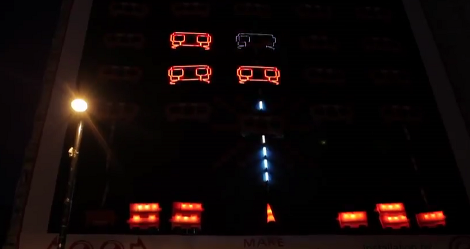
As a retired industrial designer, [Dave] has a lot of time to do what we’d all like to do: sit around in a workshop and make stuff. His latest project, an acrylic light display of an Indian motorcycle looks fantastic and betrays his designer heritage.
The base of the light display is made up of a laminate of a few 1/4″ pieces of Poplar carved on [Dave]’s CNC machine. These pieces were glued together with a slot routed into the top for the arcylic panel. Instead of going with a few LEDs for the light source, [Dave] used a small cold cathode fluorescent lamp with the requisite inverter tucked away inside the base. This is the same setup he used in an earlier project, and judging from that the Indian motorcycle display looks great on the inside.
After giving the wooden base a few coats of lacquer, [Dave] milled a piece of acrylic with an Indian motorcycle motif he created himself. It’s a great piece of work, sure to brighten up his very awesome workshop.










Recent Comments